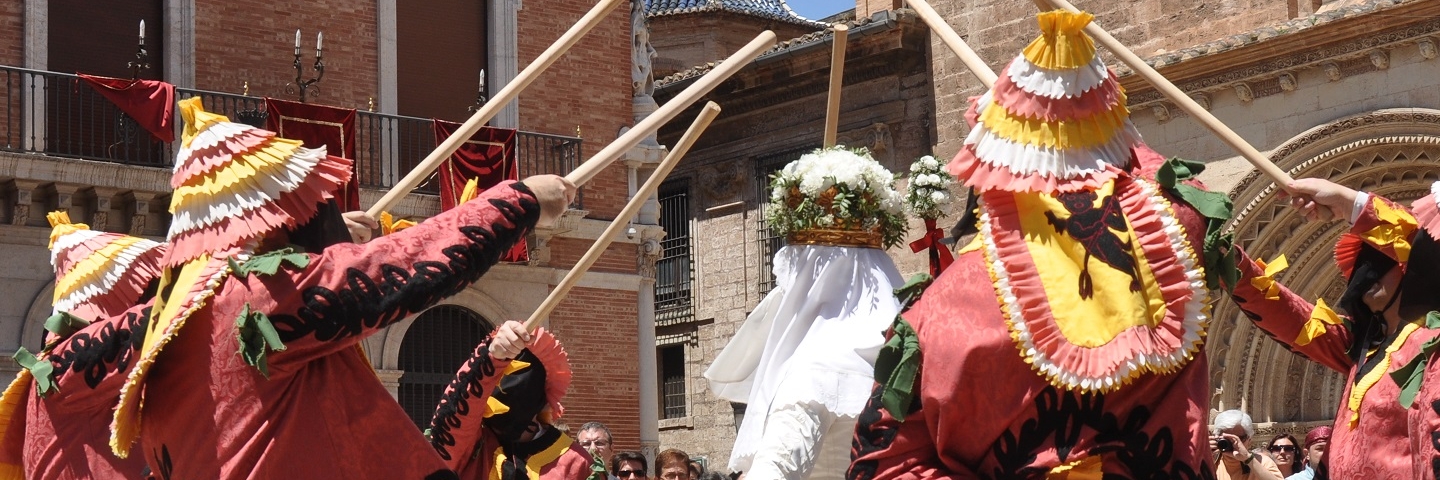On November 16, 2013, in Nairobi (Kenya), the Intergovernmental Committee of the UNESCO for the Safeguarding of Intangible Cultural Heritage agreed to include the Mediterranean Diet on the representative list of the World Heritage Site , and was presented jointly by Spain, Greece, Italy and Morocco.
The Mediterranean diet includes a set of knowledge, practical skills, rituals, traditions and symbols related to agricultural crops and crops, fishing and animal husbandry, as well as how to preserve, transform, cook, share and consume food.
The act of eating together is one of the foundations of the cultural identity and continuity of the communities of the Mediterranean basin. It is a moment of social exchange and communication, as well as affirmation and renewal of the ties that shape the identity of the family, group or community.
This element of intangible cultural heritage highlights the values of hospitality, good neighbourliness, intercultural dialogue and creativity, as well as a way of life that is guided by respect for diversity. In addition, it plays an essential role as a factor of social cohesion in cultural spaces, festivities and celebrations, bringing together people of all ages, conditions and social classes.
It also covers areas such as crafts and the manufacture of containers for the transport, conservation and consumption of food, such as ceramic plates and glasses.
Women play a fundamental role in the transmission of skills and knowledge related to the Mediterranean diet, safeguarding culinary techniques, respecting seasonal rhythms, observing the festivals of the calendar and transmitting the values of this element of cultural heritage to new generations.
For their part, local food markets also play a fundamental role as cultural spaces and places of transmission of the Mediterranean diet in which the daily practice of exchanges promotes harmony and mutual respect.









